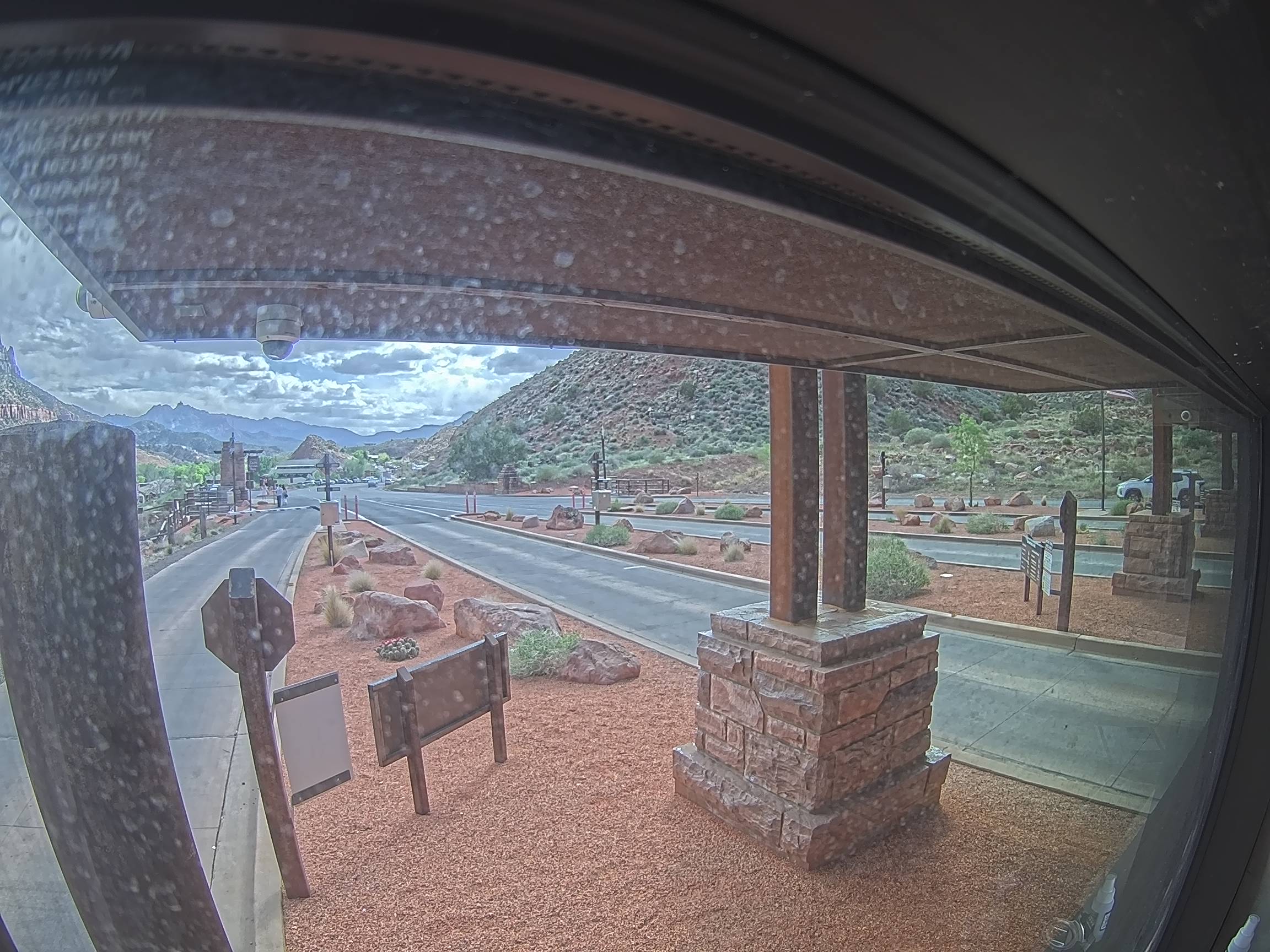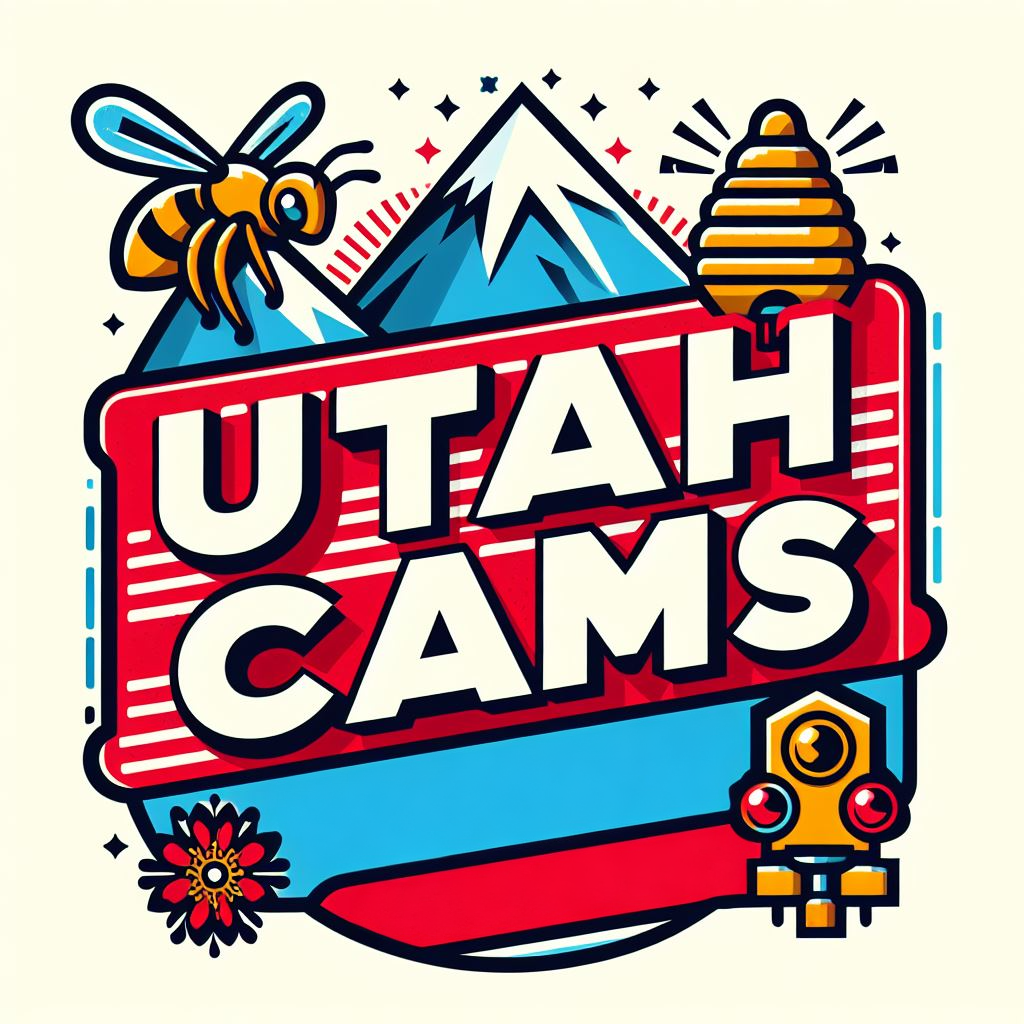Zion National Park, UT Weather Cams
Temples And Towers of the Virgin Cam

South Gate Entrance Webcam

Zion National Park: A Land of Ancient Dwellings and Modern Marvels
Zion National Park Webcams. Nestled in the southwestern corner of Utah, Zion National Park boasts towering sandstone cliffs, emerald rivers, and cascading waterfalls. This breathtaking landscape, carved by millions of years of geologic forces, has also been home to human inhabitants for millennia. Let’s explore the rich history of Zion National Park, from its ancient settlements to its designation as a protected area.
Early Inhabitants: The Ancestral Puebloan and Paiute People
The story of Zion stretches back thousands of years. The Ancestral Puebloan people, also known as the Anasazi, lived in the canyons from roughly 1,500 to 800 years ago. Evidence of their presence can be found in the form of cliff dwellings and petroglyphs scattered throughout the park. These intricate rock art symbols offer a glimpse into their way of life.
By the time European explorers arrived in the mid-19th century, the Paiute people were the primary inhabitants of the region. They had a deep connection to the land, utilizing the plants and animals for food, medicine, and shelter. The Paiute name for the area, “Mukuntuweap,” translates to “straight canyon” – a fitting description for the Virgin River’s dramatic passage through the park.
Mormon Settlers and the Birth of Zion
Mormon pioneers were the first permanent European-American settlers in the canyon. In 1861, Nephi Johnson arrived and established a farm, impressed by the area’s agricultural potential. Soon after, Isaac Behunin built a cabin near the present-day location of Zion Lodge. Notably, Behunin was the one who bestowed the name “Zion” upon the canyon, referencing its resemblance to a biblical sanctuary.
From National Monument to National Park: Protecting a Natural Wonder
The awe-inspiring beauty of Zion Canyon captured the attention of explorers and surveyors in the late 19th and early 20th centuries. Recognizing the need to preserve this unique landscape, President William Howard Taft signed a proclamation in 1909, establishing Mukuntuweap National Monument.
In 1918, the name was changed to Zion National Monument, reflecting the local Mormon terminology. A year later, in 1919, Congress officially designated the area as Zion National Park. Throughout the 20th century, the park’s boundaries expanded, incorporating additional sections like the Kolob Canyons.
Today, Zion National Park stands as a testament to both the enduring power of nature and the human desire to conserve its wonders. Millions of visitors flock to the park each year to hike through the canyons, marvel at the scenery, and connect with the rich history that lies beneath its towering cliffs.
For more information, visit the official Zion National Park website.
